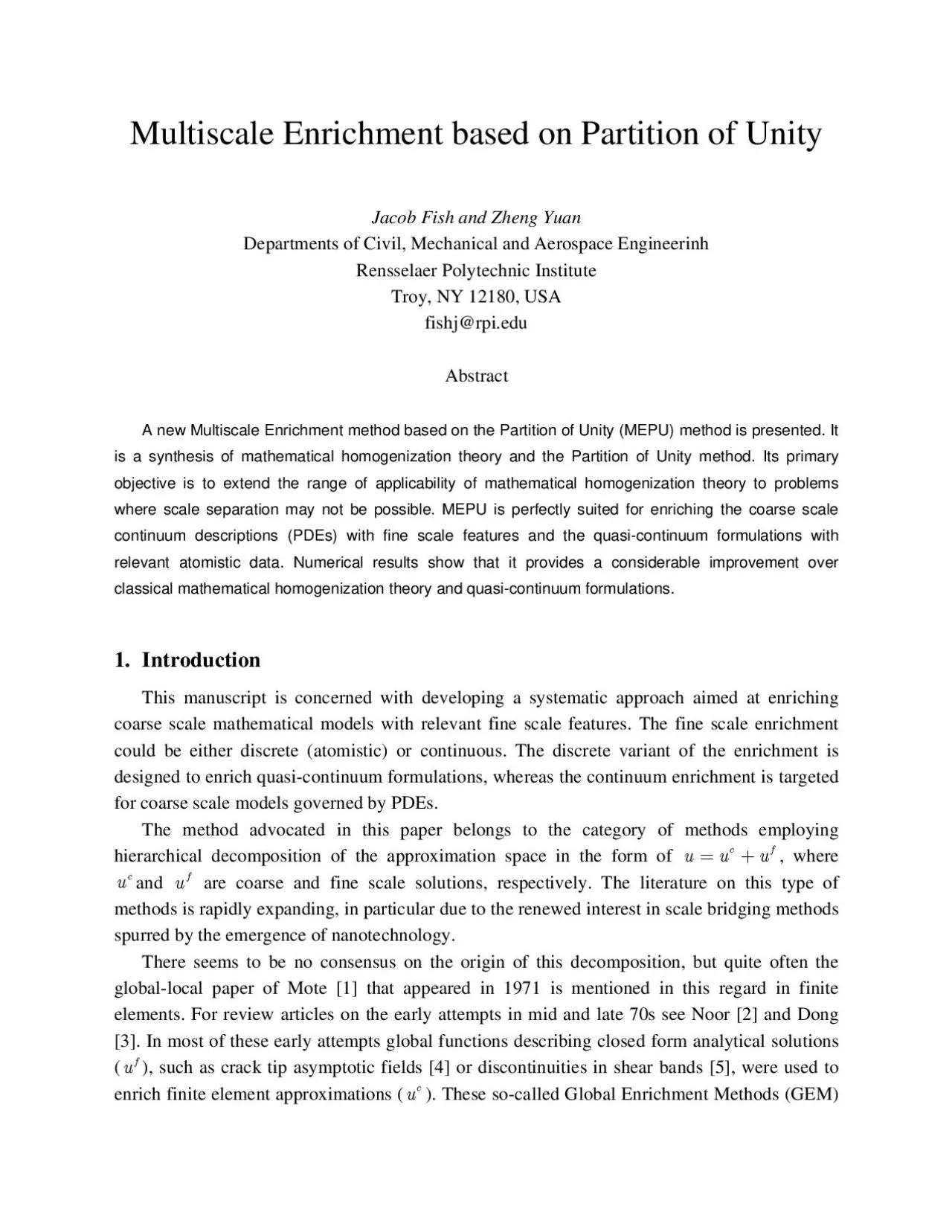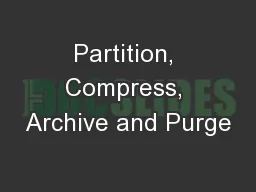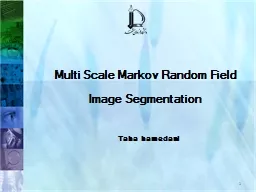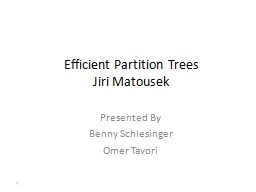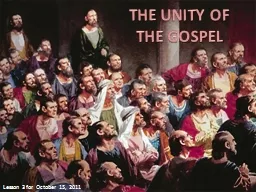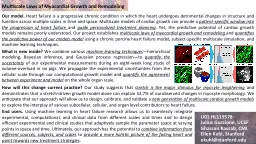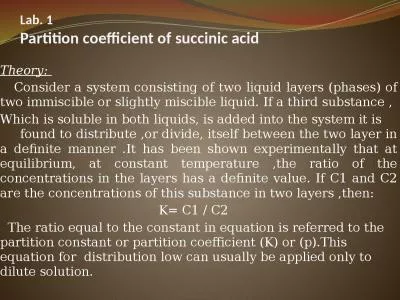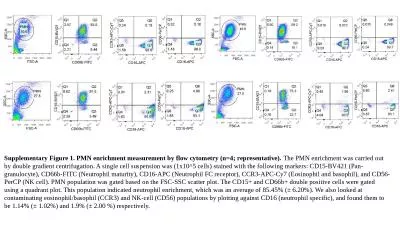PDF-Multiscale Enrichment based on Partition of Unity
Author : desha | Published Date : 2021-01-11
Jacob Fish and Zheng Yuan Departments of Civil Mechanical and Aerospace Engineerinh Rensselaer Polytechnic Institute Troy NY 12180 USA fishjrpiedu Abstract 1 Introduction
Presentation Embed Code
Download Presentation
Download Presentation The PPT/PDF document "Multiscale Enrichment based on Partition..." is the property of its rightful owner. Permission is granted to download and print the materials on this website for personal, non-commercial use only, and to display it on your personal computer provided you do not modify the materials and that you retain all copyright notices contained in the materials. By downloading content from our website, you accept the terms of this agreement.
Multiscale Enrichment based on Partition of Unity: Transcript
Download Rules Of Document
"Multiscale Enrichment based on Partition of Unity"The content belongs to its owner. You may download and print it for personal use, without modification, and keep all copyright notices. By downloading, you agree to these terms.
Related Documents

